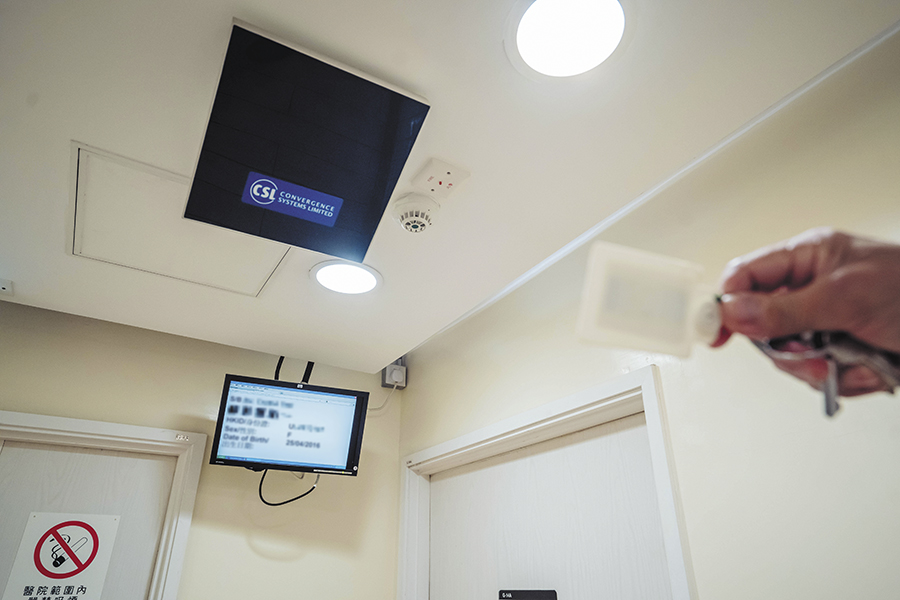Reform of the mortuary to avoid wrong body release
 In the past, mortuaries were not very well-equipped and several incidents of wrong body release had occurred. The HA has promoted reforms in mortuaries since the 2000s, including adding negative pressure system in autopsy rooms after the SARS outbreak in 2003, launching the Mortuary Information System (MORIS) in 2008 and introducing radio-frequency identification (RFID) technology subsequently. The service quality of mortuaries has been improving and becoming professional.
In the past, mortuaries were not very well-equipped and several incidents of wrong body release had occurred. The HA has promoted reforms in mortuaries since the 2000s, including adding negative pressure system in autopsy rooms after the SARS outbreak in 2003, launching the Mortuary Information System (MORIS) in 2008 and introducing radio-frequency identification (RFID) technology subsequently. The service quality of mortuaries has been improving and becoming professional.
Lam Ming-fai explains each mortuary operated with their own logistics. “Even the body collection form varied, which made it difficult when transferring bodies to different hospitals.” Since the MORIS was launched in HA, mortuary related forms were unified and became electronic. RFID helps identify the body, which is tagged with a RFID wristband that records the identity. When families collect the body, staff will scan the body collection form and the wristband to confirm the identity. The display screen installed between each doorway will also show the body information (above photo) which allows the staff to verify the identity. Lam says that the system saves the trouble of inputting data manually and enables quick tracking of body location and status. It can also perform real-time data report to speed up body counting as so to alleviate the workload of frontline staff.